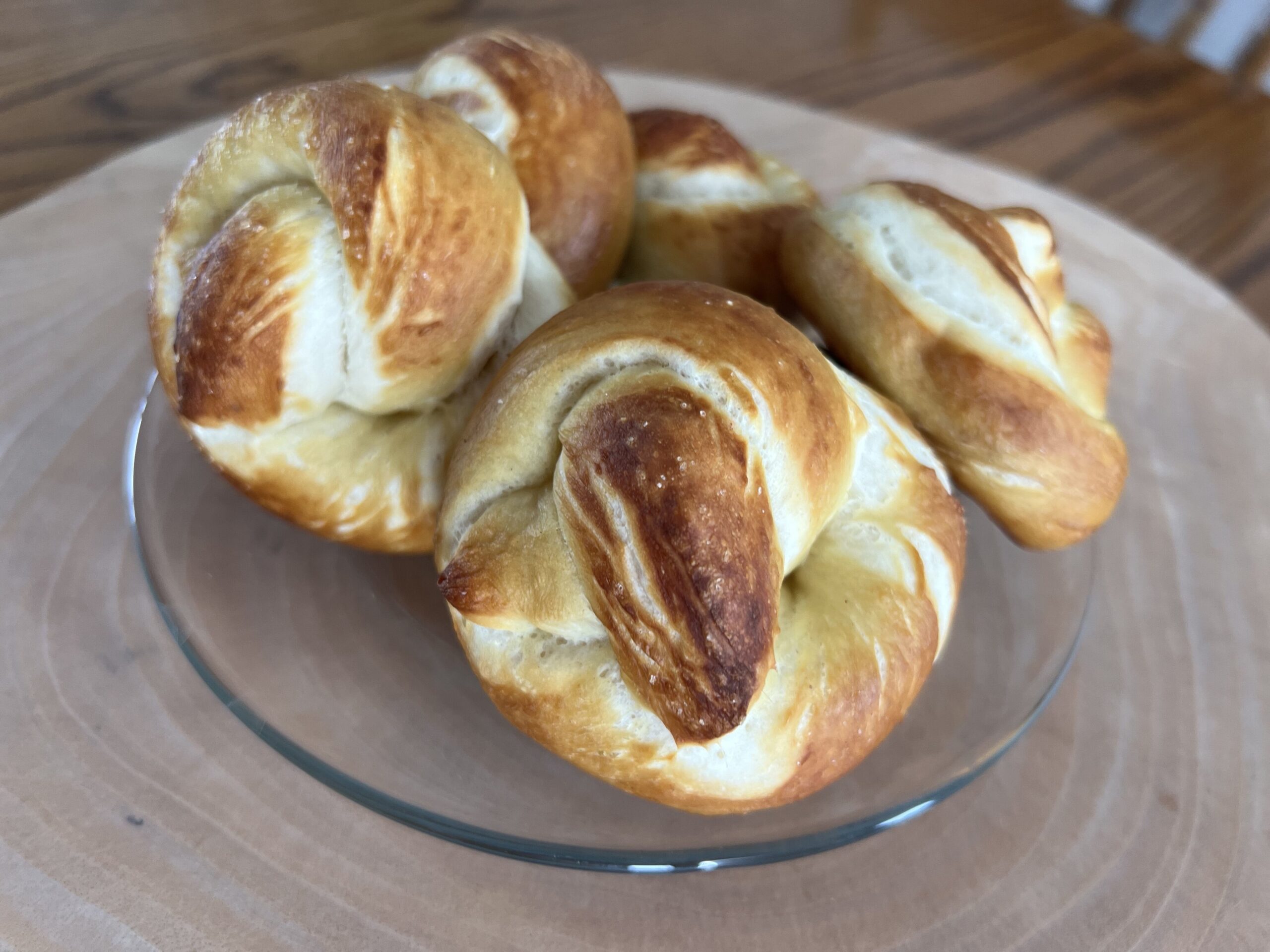I am intrigued by the vast number of resources popping up on how to make things gluten-free. Though I do not have Celiac Disease, I do feel the effects of eating too much bread. I love to make bread and see others enjoy it. I have been baking my own bread for my family each week for the past two and a half years. The smell of bread baking takes me back to my childhood and coming home from school to warm bread/buns/rolls. I don’t know what it is, but there is something soothing to me about a warm slice of bread with butter. I don’t think I can give up bread, but I do want to be more conscious of how much I am eating.
Enter: Almond Meal/flour.
In many of the gluten-free recipes that I’ve seen, wheat flour is replaced with almond flour, coconut flour, buckwheat flour, etc. Almond flour is a high protein, low carbohydrate, and low sugar alternative. Almond flour is also high in monounsaturated fats (the good kind, also found in olive oil). For a great read about almond flour visit Elana’s Pantry.
How to make your own almond flour:
I started small, using about a cup and a half of almonds for my “test” batch. Vigorously boil a pot of water, and then toss the almonds in for one minute.
When the minute is up, immediately remove the almonds with a slotted spoon into a bowl of cold water. The cold water will stop them from cooking. Taking a few almonds at a time, grab their skins and pop them off. They should easily slide out, and one of mine even flew across the room, so be careful who you are aiming at! Lay the almonds out to dry on a kitchen towel, and discard the skins. They should dry for at least a few hours, or overnight. I left mine out for about 15 hours.
When you’re ready to make your flour, assemble your food processor or masticating juicer (with the mincing cone), and toss the almonds in. Turn it on, and grind them up! With my juicer, they immediately came out in a perfect flour-like texture. I imagine with a food processor you would have to watch and make sure you stop before it becomes almond butter.
It took me about 20 minutes to blanch and peel the almonds. It took four seconds to make the almonds into flour. I now have a nice little container of this white stuff waiting for me in the fridge (almond flour goes rancid easily if left at room temperature). I’m anxious to try it in place of my wheat flour.











Comments +